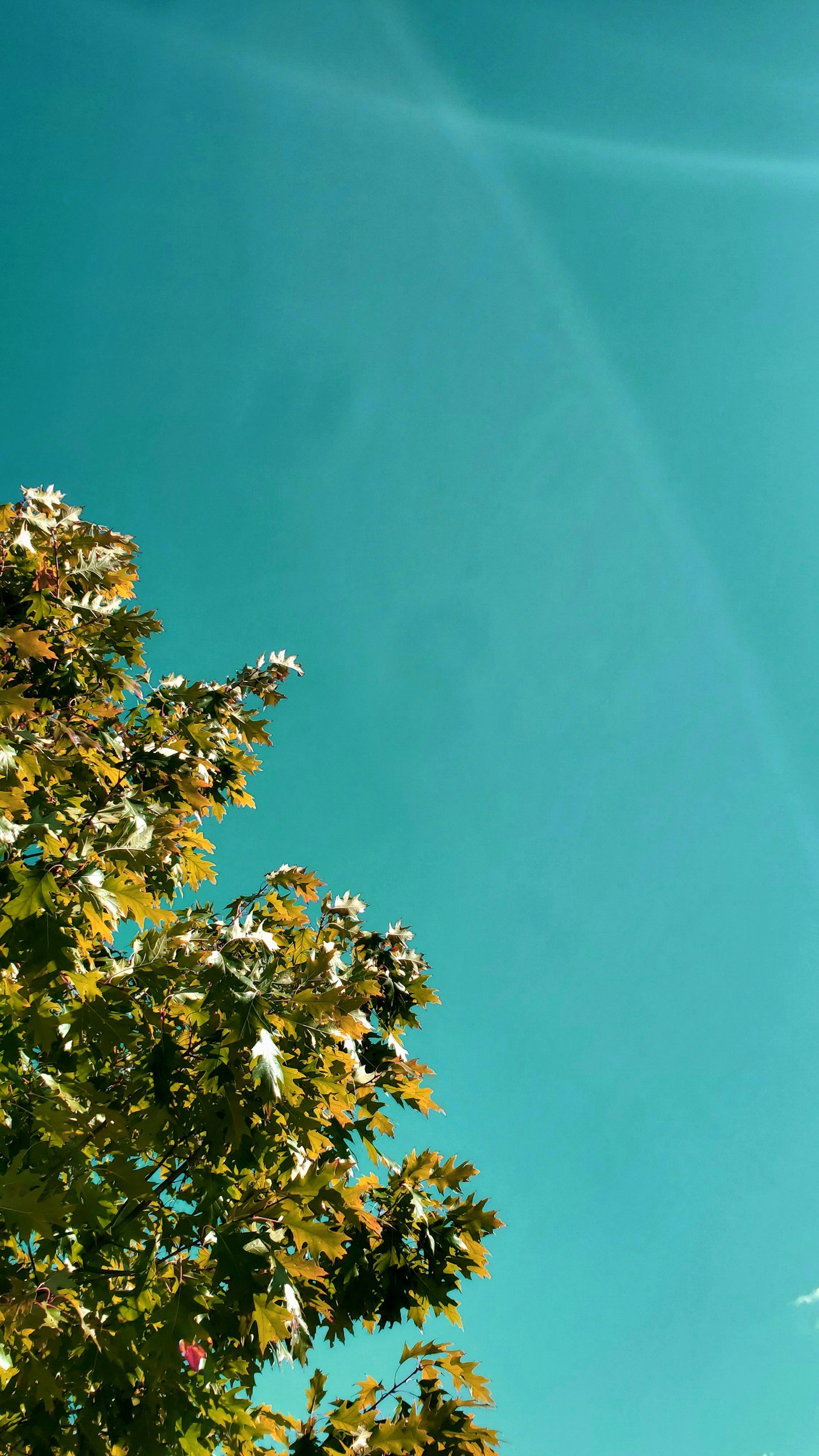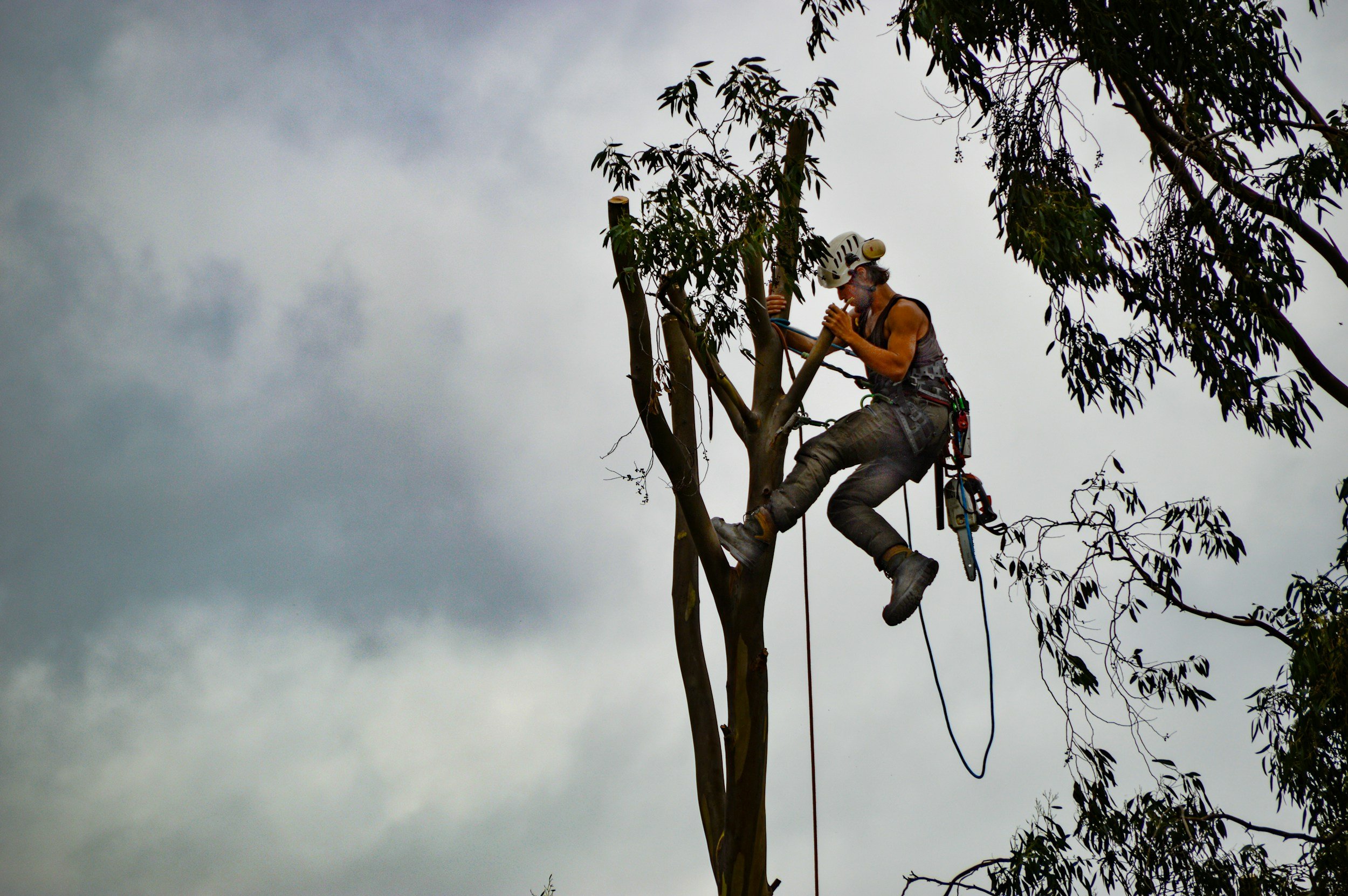
CUSTOM Tree Pruning
Standards-Based Tree Pruning
All landscape trees in Colorado require 100% life support from planting to removal. That life support comes from humans — the only thing they get for free is sunlight, and they get too much. DLC’s custom pruning removes defects and erratic growth by promoting a single, dominant central trunk to the top of the tree with smaller, evenly spaced branches throughout the crown.
DLC Landscape & Arbor meets or exceeds the International Society of Arboriculture Pruning Best Management Practices and American National Standards Institute A300 Pruning Standards. By utilizing these industry guidelines DLC is, ironically, unique among tree services, allowing DLC to deliver excellent results and customer satisfaction.
Landscape Trees Are Valuable and Worth Maintaining
A mature urban landscape’s value equals five to ten percent of a home’s real estate value. The average Denver home in 2024 was worth $585,000, which makes a landscape with mature trees worth the cost of a new automobile.
Tree maintenance makes economic sense for homeowners with landscape trees. To schedule tree service, fill out this form or call 303-378-8000.
REQUEST TREE SERVICE
Contact us today to schedule your next service!
Types of Tree Pruning
Landscape trees need pruning at least five times over their first 25 years to promote proper growth, with some species requiring more trimming to maintain proper form. Best practices state that no more than 30% of the crown should be removed at one time.
Clearance Pruning
We prune tree limbs to eight feet above lawns and sidewalks and 14 feet above streets to allow enough clearance for mowing, pedestrians, and vehicles.
Overgrown Tree Trimming
Over-mature trees can be a hazard. We reduce the length of long branches extending far outside the formal crown and remove dead/weak branches while retaining live foliage to maximize photosynthetic area, keeping the tree’s vigor as high as possible during the years it is in decline.
Safety Pruning
We cut off any dead, broken, diseased, or weak branches two inches in diameter or larger so that they don’t break off and cause damage.
Sanitation Pruning
We cut out branches below a point of visible infection or damage to help control diseases such as Crabapple Fire Blight.
Custom Tree Pruning
Consists of reducing trees to one dominant central leader. We cut out lower and criss-crossing branches to create a proper structure and make trees less prone to storm damage.
Recommended Shrub Pruning
DLC Arbor Services recommends the following types of shrub pruning:
Rejuvenation Pruning
Take out at least one-third of the largest and oldest stems to ground level, remove deadwood and stubs, prune long branches to shape, and clean out leaves and debris at the base. All of this will rejuvenate your plant.
REGENERATION Pruning
To get new growth, cut all stems to six inches above ground level, remove dead wood, dead stubs, and debris at base to allow space for regrowth. New growth typically appears within 10 days.
SHEARING
Typically done on hedges and evergreens, shearing means to remove last season’s growth to create a formal shape.


